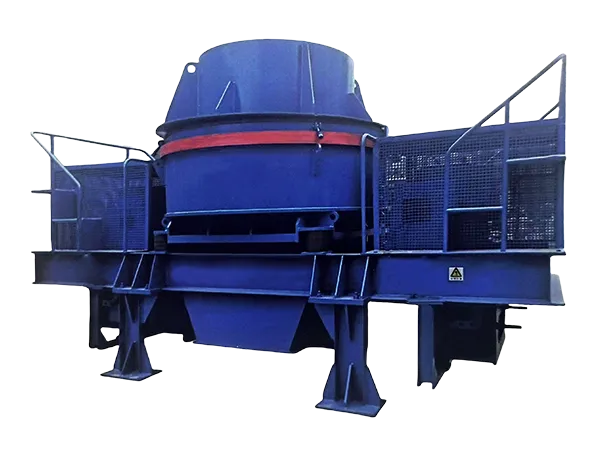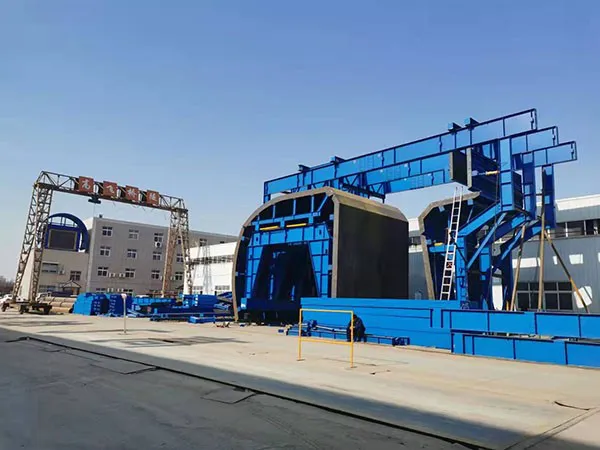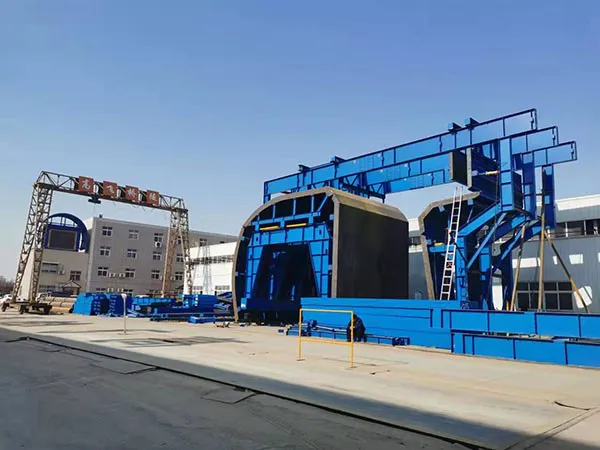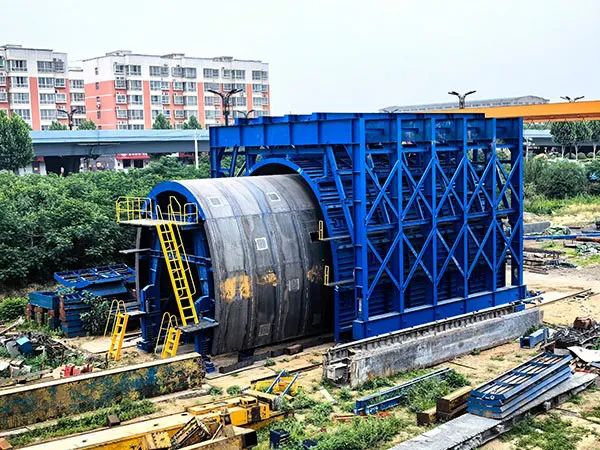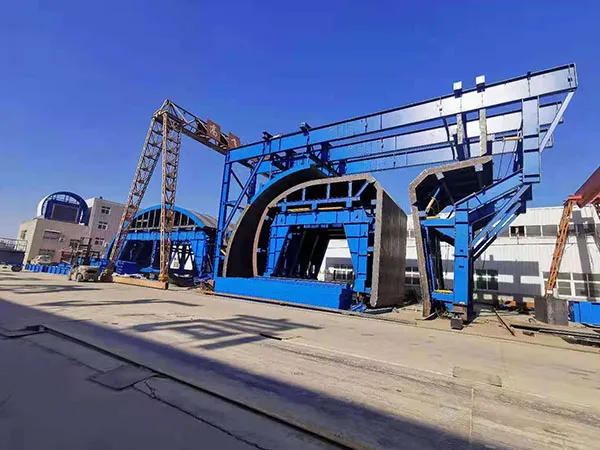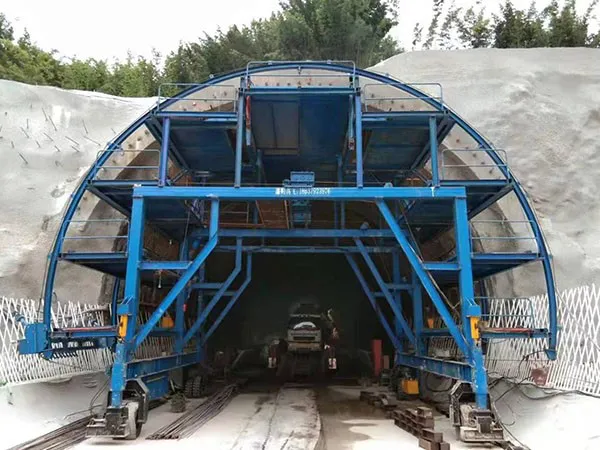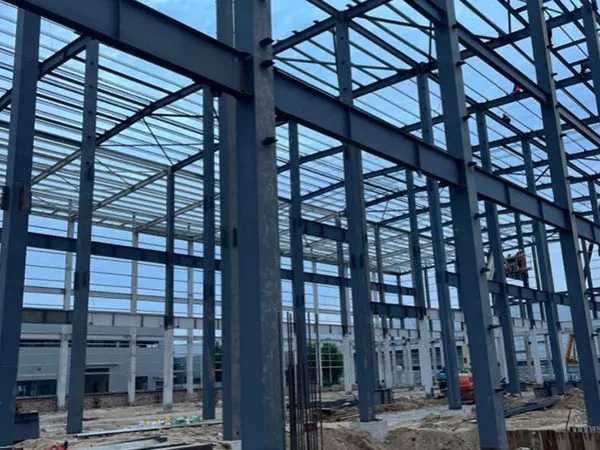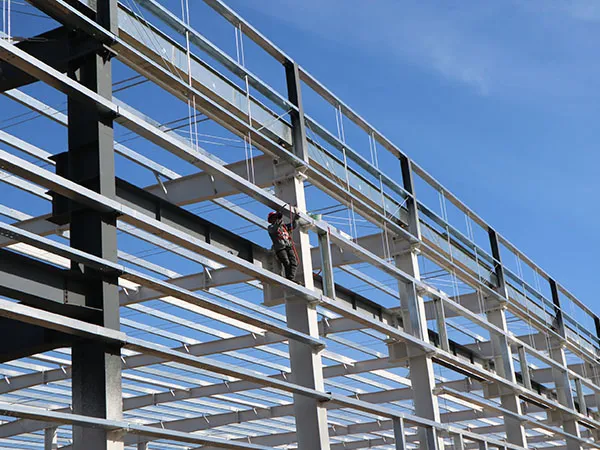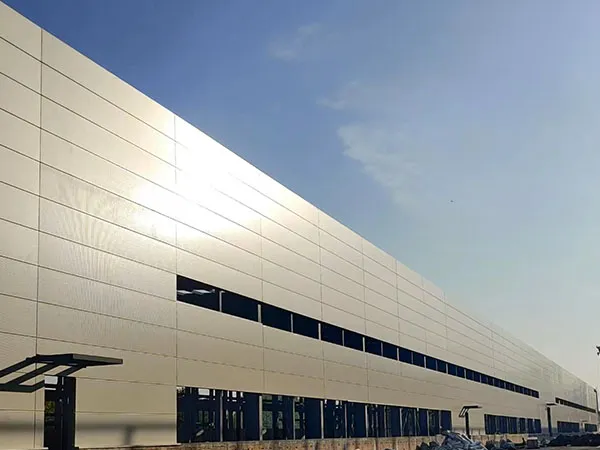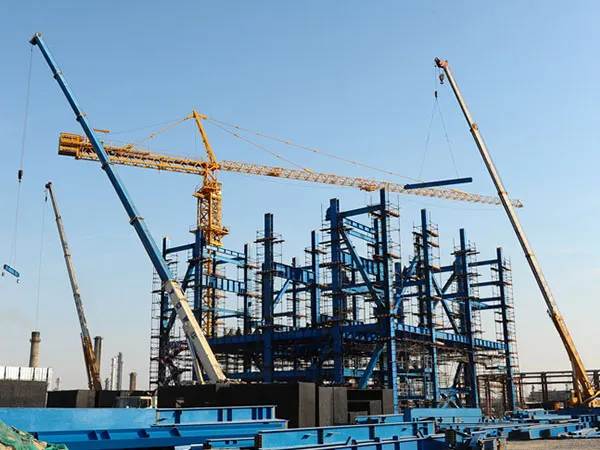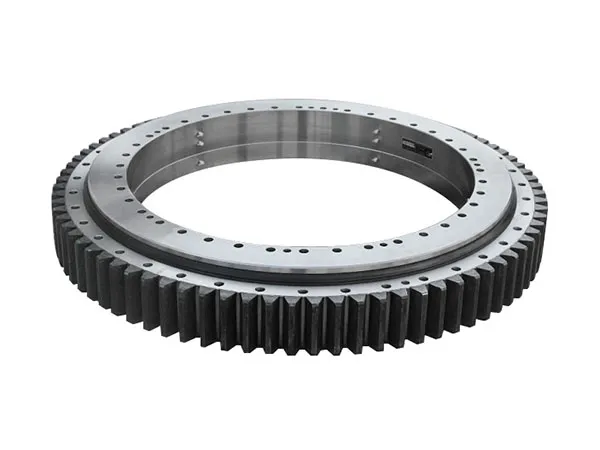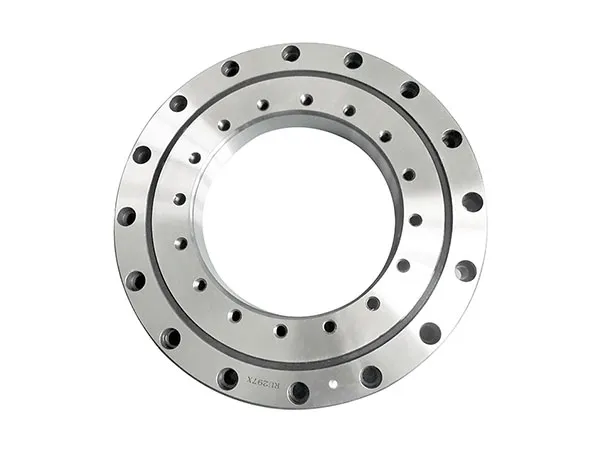Shortening the construction cycle of steel structures is a critical goal for many projects, as it can significantly reduce costs and accelerate project handover. Here are some key tips and strategies to achieve this.
Tips for shortening the construction cycle of steel structures
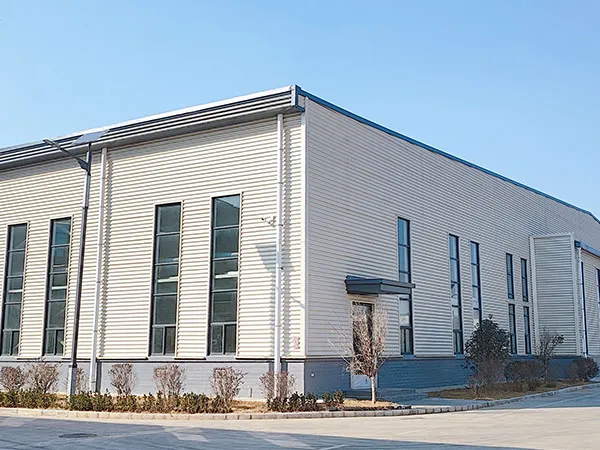
I. Pre-Construction & Planning Phase:
Early Contractor Involvement (ECI):
Engage fabricators and erectors early in the design phase. Their practical experience can identify potential fabrication and erection challenges, leading to design optimizations that save time and money later.
This allows for better coordination between design, fabrication, and construction, minimizing rework and delays.
Thorough Design and Detailing:
Detailed and Accurate Drawings: Invest in high-quality, precise structural steel detailing. Errors in drawings lead to costly rework, delays, and material waste on site.
BIM (Building Information Modeling): Utilize BIM software to create 3D models. This allows for clash detection (identifying conflicts between structural, architectural, and MEP elements) early on, reducing surprises during construction. It also streamlines communication among all stakeholders.
Standardization: Where possible, standardize connection details and component sizes. This simplifies fabrication and speeds up assembly.
Simplicity in Design: A simpler design with fewer complex connections or unique parts will naturally lead to faster fabrication and erection.
Comprehensive Planning & Scheduling:
Detailed Project Schedule: Create a realistic and detailed project schedule that accounts for all phases, including material procurement, fabrication, transportation, and erection.
Risk Assessment and Contingency Planning: Identify potential delays (e.g., weather, material shortages, labor availability, permitting issues) and develop contingency plans to mitigate their impact.
Optimized Resource Allocation: Ensure adequate availability of skilled labor, equipment (cranes, specialized tools), and materials. Avoid over-staffing in limited spaces, which can reduce efficiency.
Early Permitting: Start the permitting process as early as possible, as this can often be a significant source of delays.
Optimized Material Procurement and Supply Chain:
Reliable Suppliers: Partner with reputable steel suppliers and fabricators who have a proven track record of on-time delivery and quality.
Early Material Orders: Order steel and other critical components well in advance to avoid delays caused by material shortages or long lead times.
Just-in-Time Delivery (JIT): Coordinate material deliveries to align with the construction schedule, minimizing the need for large on-site storage areas and potential damage.
Local Sourcing: If feasible, source materials locally to reduce transportation times and costs.
II. Fabrication Phase:
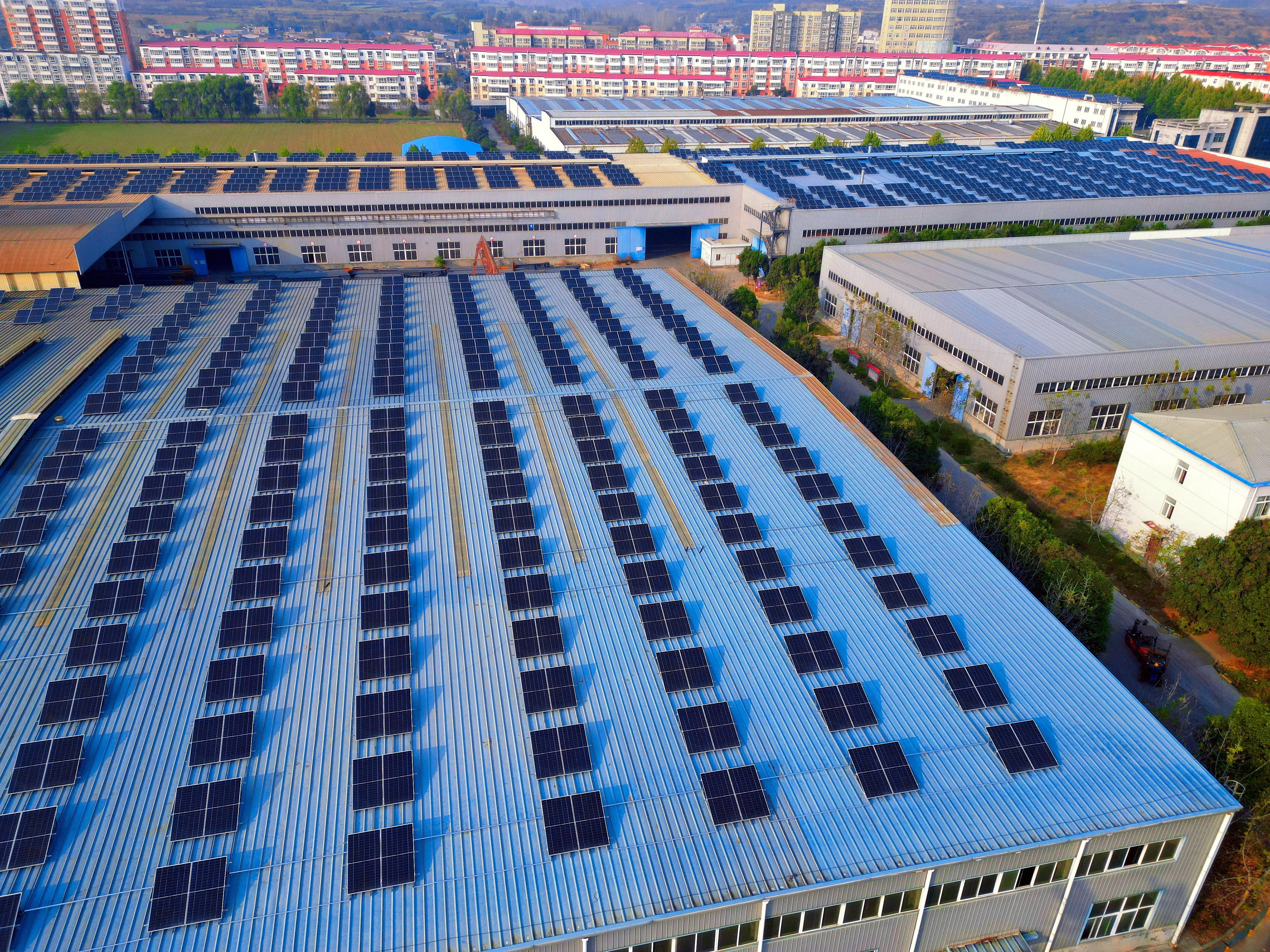
Prefabrication and Modular Construction:
Maximize Off-Site Fabrication: Fabricate as much of the steel structure as possible off-site in a controlled factory environment. This allows for higher precision, better quality control, and less reliance on weather conditions.
…
For more detailed information on tips to shorten the construction cycle of steel structures visit: https://www.meichensteel.com/a/news/tips-for-shortening-the-construction-cycle-of-steel-structures.html
